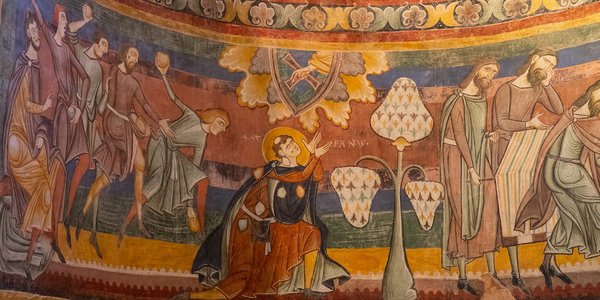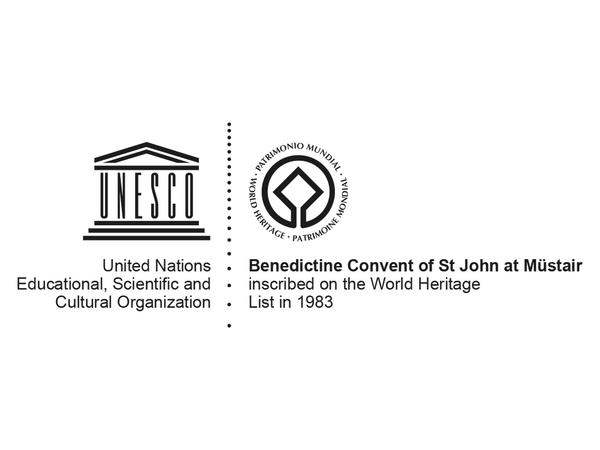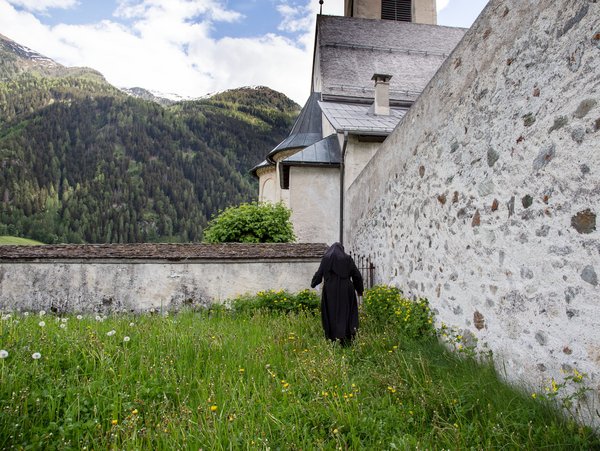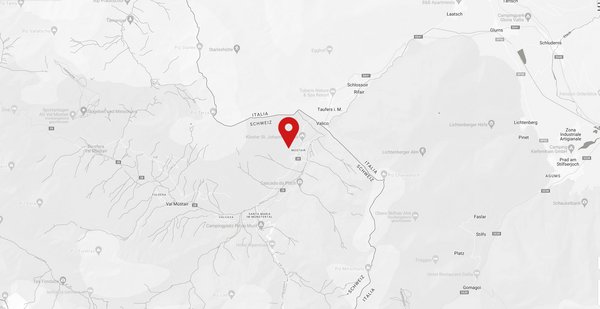
Inclusion of the Benedictine Convent of St John at Müstair on the list of World Heritage Sites
The Benedictine Convent of St John was added to the UNESCO World Heritage List at the meeting of the World Heritage Committee from 5 to 9 December 1983 in Florence, at the same time as the Abbey of St Gallen and the old City of Bern as well as big-name sites such as Machu Picchu and the Taj Mahal.
The Benedictine Convent of St John is a cultural heritage that bears witness to the golden age of Christianity around 800 across the ages. Much more than just a monument, it is a living cultural asset. Nuns still live in the regular rhythm of the Benedictine ‘ora et labora et lege’.
The decision to place the entire convent complex - and not just the church- under protection has proven to be far-sighted. The largest and best-preserved mural painting cycle from the early Middle Ages and the Romanesque imagery in the monastery church are world class. The church is also home to the oldest monumental statue of Charlemagne, once colourfully painted. Thanks to archaeological investigations, however, other sensations also emerged. The Chapel of the Holy Cross, thought to be Romanesque, turned out to be a true jewel of Carolingian architecture and art. The Planta Tower was not, as initially thought, built by the abbess Angelina Planta at the end of the 15th century, but served as a residential and defensive tower as early as the 10th century. It has no parallels in castle research. The bishop's residence from the 11th century, of which significant parts are still preserved, houses the enchanting double chapel of St Ulrich and St Nicholas.
Monument conservator Hans Rutishauser justified the inclusion as follows: ‘The Benedictine Convent of St John at Müstair is a unique testimony to Carolingian art and culture. The three-apsidal church, with the exception of the flat ceiling and the roof truss, is decorated with Carolingian frescoes. The unity between the Carolingian building and its furnishings is considered unique in Europe. Within the complex there are largely unexplored remains of the Carolingian convent. The ongoing excavations are providing fundamental knowledge of the architectural history of the convent. The convent also contains important mediaeval, late mediaeval and baroque furnishings.’ (H. Rutishauser, 8 November 1982, in Convention concerning the Protection of the World Cultural and Natural Heritage. Nomination to the World Heritage List).
Support from the foundation and friends
The support of the Stiftung Pro Kloster St. Johann in Müstair foundation and the Association of Friends of the Benedictine Convent of St John at Müstair ensures that the convent and its art treasures are preserved and researched and the latest findings are made accessible to the public.
Networking
Also important is the exchange and cultivation of contacts with other UNESCO World Heritage sites. In Switzerland, there are regular meetings of representatives of these unique sites. The tourism platform World Heritage Experience Switzerland (WHES) is responsible for publicising the World Heritage sites in Switzerland. The Benedictine Convent of St John at Müstair also maintains a partnership with the Abbey and Altenmünster of Lorsch in Germany, which is also one of the UNESCO World Heritage sites.
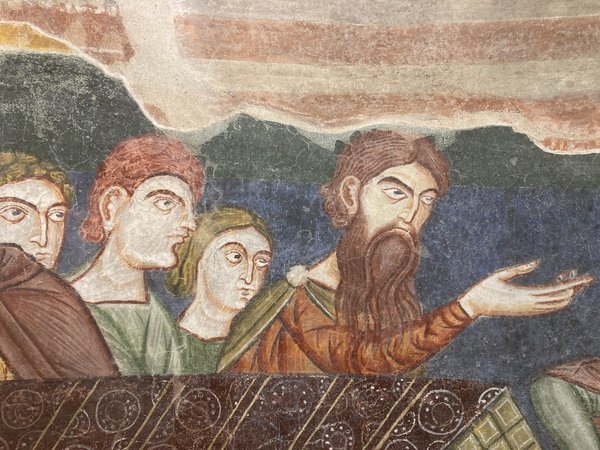
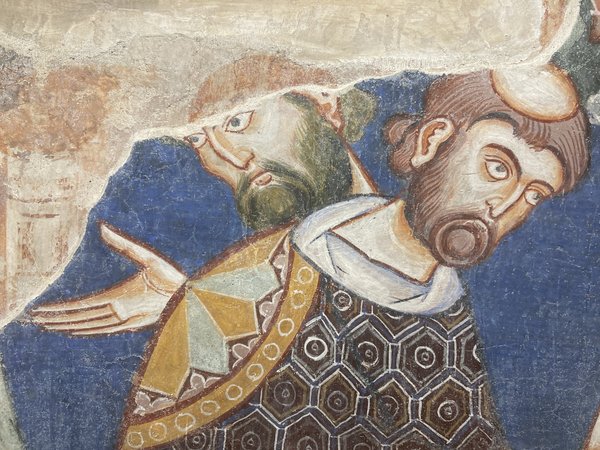
The whole life of our community, prayer, reading and work should be a life in the service of God
Community life
To the convent


